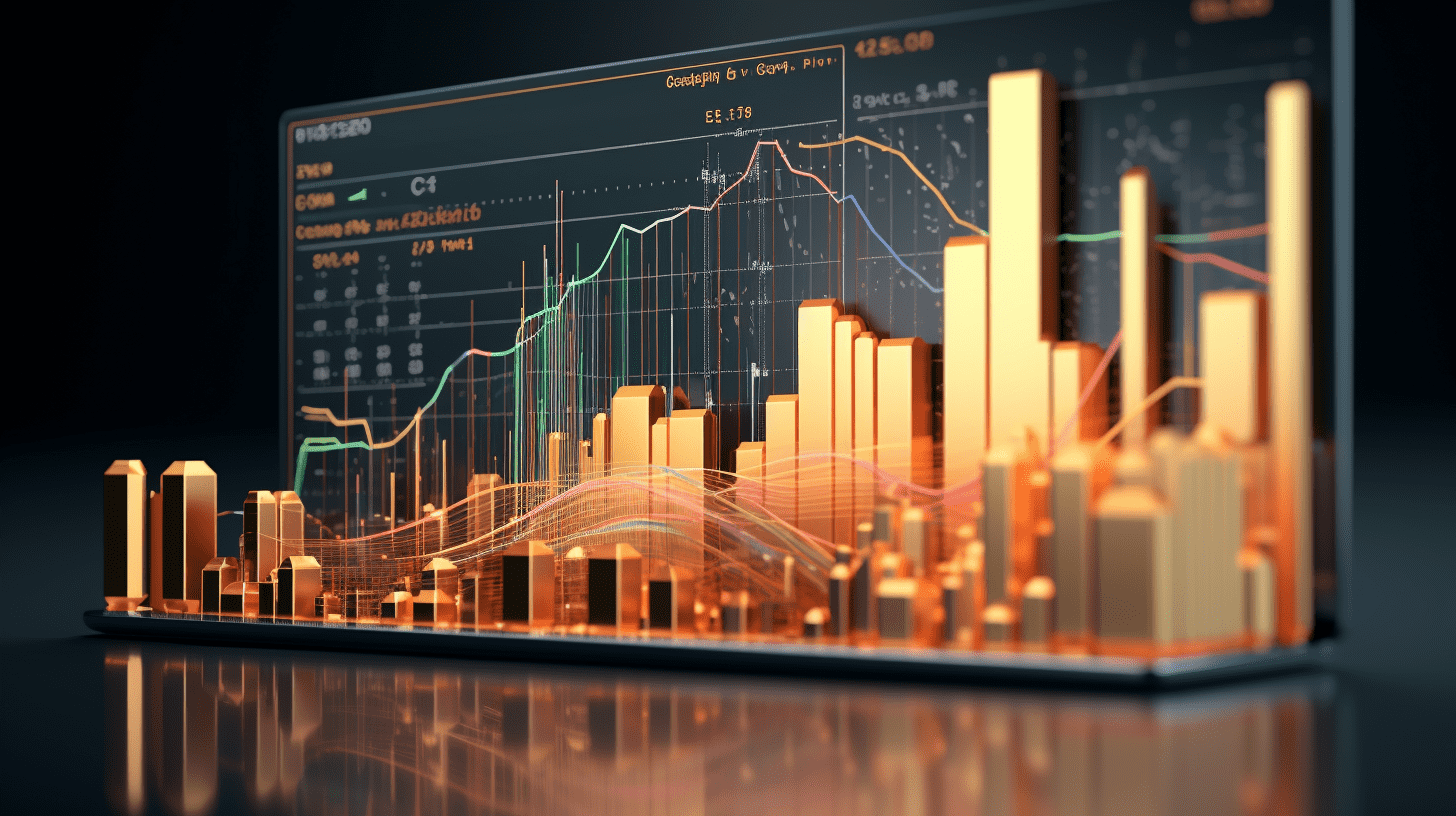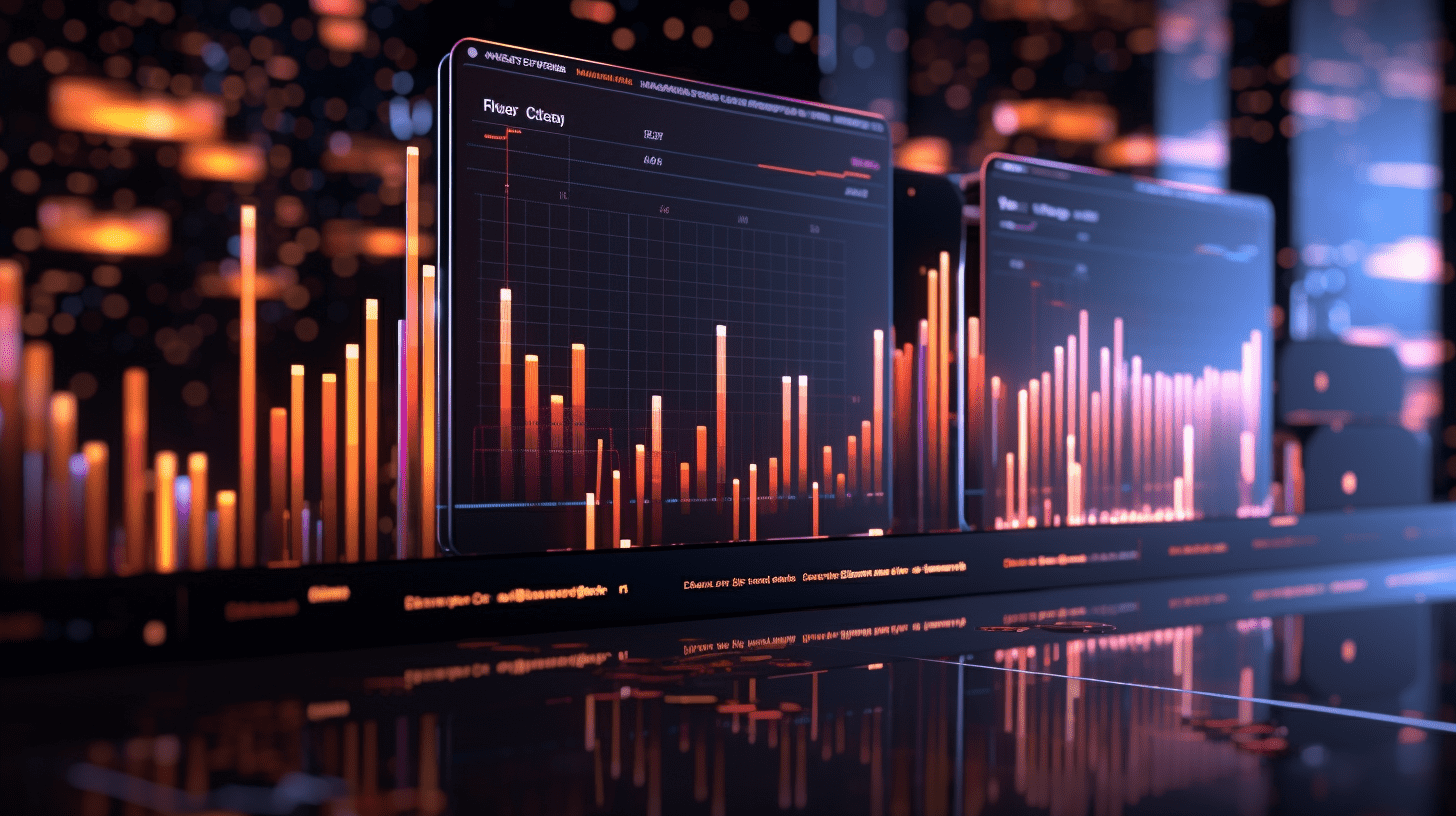Dongxing: Supply and demand may enter a sustained tight balance state, multidisciplinary resonance promotes magnesium demand growth.
The industry believes that the global magnesium supply and demand gap between 2025-2027 may be 0.1/0.9/-0.1 tons, indicating a tight balance in the global magnesium supply and demand, which also suggests that the price of magnesium has cyclical bottom characteristics.
Dongxing released a research report stating that, based on comprehensive observations, the development of lightweight automobiles may bring a significant increase in global magnesium demand. The development in the areas of Siasun Robot & Automation industry, magnesium alloy construction templates, magnesium-based hydrogen storage, and the low-altitude economy may also provide elasticity for the increase in global magnesium demand. Benefiting from the characteristics of magnesium such as lightweight, high density, and high strength, it has become a core production factor in the development of new quality productivity industries. The company believes that from 2024 to 2027, global magnesium demand may increase from 1.12 million tons in 2024 to 2.001 million tons in 2027, with a CAGR reaching 21% during that period. Combining the company's forecast of global magnesium supply and demand, the company believes that from 2025 to 2027, the global primary magnesium supply-demand gap may be 0.1/0.9/-0.1 tons, indicating a tight balance between global primary magnesium supply and demand and suggesting that magnesium prices already exhibit cyclical bottom features.
Dongxing's main points are as follows:
- The development of the automobile industry has become the core driving force for magnesium demand growth.
- According to the statistics of the China Nonferrous Metals Industry Association Magnesium Branch, the total global magnesium consumption in 2024 was 1.12 million tons, an increase of 6.7% compared to the previous year. Observing the global magnesium consumption structure in 2024, the demand for magnesium alloy production reached 550,000 tons, accounting for nearly half (49%) of global magnesium demand. This was followed by aluminum alloy (295,000 tons, accounting for 26%), steel desulfurization (130,000 tons, accounting for 12%), metal reduction (85,000 tons, accounting for 8%), and other demands (60,000 tons, accounting for 5%). In the segmented market of magnesium alloy demand, the automotive industry is the most widely used downstream application of magnesium alloy. In 2024, its demand was 385,000 tons, accounting for 70% of the magnesium alloy consumption demand; followed by 3C electronic products (110,000 tons, accounting for 20%) and other demands (55,000 tons, accounting for 10%). Based on comprehensive observations, in 2024, the automotive industry's demand for magnesium alloy accounted for 34% of global magnesium demand. Taking into account the widespread use of magnesium-aluminum alloys in the automotive industry (calculated as 60% of downstream demand for aluminum alloys in the automotive industry), the total magnesium used in the automotive industry in 2024 may reach 560,000 tons, accounting for 50%.
- Increased penetration of automotive lightweighting may drive an increase in magnesium alloy demand.
- By 2024, the amount of magnesium used per vehicle in new energy vehicles had reached 10kg, while traditional vehicles used around 5kg. In 2020, the Ministry of Industry and Information Technology released the "Energy Saving and New Energy Vehicle Technology Roadmap 2.0", which predicted that by 2025 and 2030, the amount of magnesium alloy used per vehicle in China would reach 25kg and 30kg respectively, and the proportion of magnesium alloy in the whole vehicle would reach 2% and 4% respectively. Combined with national planning and industry forecasts, the company believes that the global demand for magnesium alloy corresponding to automotive lightweighting may increase from 570,000 tons in 2024 to 1.35 million tons in 2027, with a CAGR of 34% during that period.
- The development of the Siasun Robot & Automation industry brings new variable for magnesium alloy demand growth.
- Currently, the mainstream Siasun Robot & Automation in the market is divided into industrial Siasun Robot & Automation and humanoid Siasun Robot & Automation. The industrial Siasun Robot & Automation industry is in a continuous upward cycle. Based on the analysis of global industrial Siasun Robot & Automation industry development by the IFR and other market institutions, the company predicts that the global demand for magnesium alloy in the industrial Siasun Robot & Automation industry may increase from 31,000 tons in 2024 to 67,000 tons in 2027, with a CAGR of 28%. Humanoid Siasun Robot & Automation is about to enter mass production, and the mass production of humanoid Siasun Robot & Automation may bring greater growth elasticity to magnesium demand. In the global market, companies like Tesla and FigureAI have already entered the mass production cycle of humanoid Siasun Robot & Automation, while domestic companies like UBTECH ROBOTICS and UBTECH ROBOTICS are also advancing in the mass production of humanoid Siasun Robot & Automation.
- Based on the analysis of the global humanoid Siasun Robot & Automation industry development by the GGII and other market institutions, the company predicts that the global demand for magnesium alloy in the humanoid Siasun Robot & Automation industry may increase from 20,000 tons in 2024 to 85,000 tons in 2030, with a CAGR of 93%. Considering the market forecast for industrial Siasun Robot & Automation and humanoid Siasun Robot & Automation, the company believes that the Siasun Robot & Automation industry has become a new growth point for magnesium demand, and from 2024 to 2027, the global Siasun Robot & Automation industry corresponding demand for magnesium may increase from 33,000 tons to 81,000 tons, with a CAGR reaching 34%.
Risks: Unexpected growth in magnesium supply, slower-than-expected development in downstream industries, slower-than-expected growth in global new energy vehicle production, unexpected tightening of global liquidity, sharp and unexpected rise in interest rates, escalation and spread of regional conflicts.
Related Articles

Selected announcements of A-shares | 12 days of continuous trading halts in stocks like Gansu Guofang Industry & Trade (601086.SH) warn of trading risks.

Tesla, Inc. (TSLA.US) first quarter financial report is far from optimistic, analysts are shifting their focus to 2026.

Subsidiary plans to expand Indiana factory rare earth oxide production capacity, American Resources (AREC.US) rises in pre-market trading in response.
Selected announcements of A-shares | 12 days of continuous trading halts in stocks like Gansu Guofang Industry & Trade (601086.SH) warn of trading risks.

Tesla, Inc. (TSLA.US) first quarter financial report is far from optimistic, analysts are shifting their focus to 2026.

Subsidiary plans to expand Indiana factory rare earth oxide production capacity, American Resources (AREC.US) rises in pre-market trading in response.

RECOMMEND6

Spokesperson of the Ministry of Commerce responds to reporters' questions on the United States' use of tariff measures to pressure other countries to restrict economic and trade cooperation with China.
21/04/2025

Wall Street identifies "tariff safe haven": Asia's essential consumer stocks.
21/04/2025

Tariffs provoke dissatisfaction among American people, Trump's approval rating on economy hits a new low.
21/04/2025


